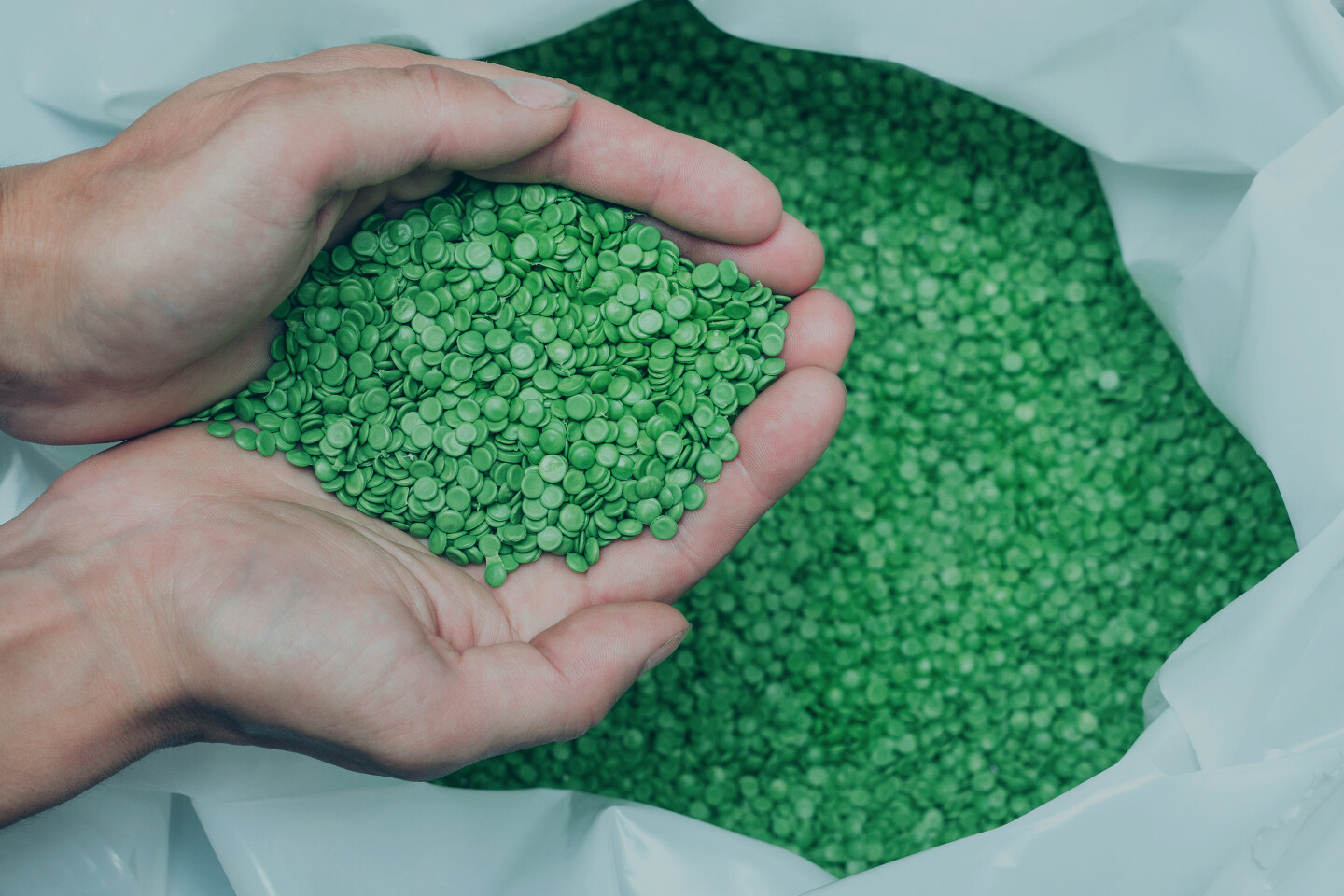Innovating for the Future: The U.A.E.’s Leadership in Global Bioplastic Research and Development

As the world confronts the growing environmental challenges posed by traditional plastics, bioplastics have emerged as a sustainable alternative, offering a path toward reducing plastic pollution and carbon emissions. The U.A.E., known for its ambitious sustainability initiatives and technological advancements, is positioning itself as a global leader in bioplastic research and development. This innovative drive aligns with the nation’s vision for a circular economy and a greener future, making bioplastics a key part of the country’s sustainable development goals.
The Rise of Bioplastics and Why They Matter
Bioplastics are derived from renewable biological resources like corn starch, sugarcane, and vegetable fats, as opposed to fossil fuels used in traditional plastics. They are biodegradable or compostable, offering a significant reduction in environmental impact. Bioplastics are being used in various industries, including packaging, agriculture, and even construction, thanks to their versatility and reduced ecological footprint.
The global demand for bioplastics is steadily increasing as industries and governments seek sustainable solutions to combat plastic waste. As countries strive to meet international environmental agreements, like the Paris Climate Accord, bioplastics offer an effective solution to help achieve these targets. The U.A.E., with its forward-thinking approach, is embracing this shift, investing in research, infrastructure, and innovation to lead the charge in bioplastic development.
The U.A.E.’s Commitment to Sustainability
The U.A.E. has long been at the forefront of environmental initiatives, with projects like *Masdar City and the U.A.E. Vision 2030 driving sustainability goals. The country’s commitment to bioplastic research and development is another step in its ambitious quest to create a sustainable, circular economy. By reducing its dependence on conventional plastics, the U.A.E. is aligning with its National Plastic Waste Management Strategy, which aims to eliminate plastic pollution and reduce landfill waste.
Key Research and Development in Bioplastics
The U.A.E.’s investment in bioplastic research has accelerated in recent years, with universities, research institutions, and companies collaborating on developing innovative bioplastic solutions. For instance, Khalifa University and Masdar Institute have been conducting extensive research on bio-based materials, exploring how bioplastics can be produced locally using sustainable raw materials.
Startups and established companies are also part of this ecosystem, with many exploring cutting-edge technologies to create bioplastics that are stronger, more versatile, and easier to recycle. The U.A.E. is fostering an environment where the private sector and academia work hand-in-hand to advance sustainable bioplastic alternatives. This collaboration has led to new breakthroughs in biodegradable packaging and eco-friendly materials that reduce carbon emissions and contribute to environmental preservation.
Bioplastics in Key U.A.E. Sectors
The U.A.E. packaging industry is a major player in the adoption of bioplastics. As demand for environmentally friendly packaging grows, especially within the food and beverage sector, companies are transitioning to biodegradable materials. The U.A.E. is looking to replace conventional plastics with bioplastic packaging to ensure that sustainability goals are met without compromising food safety and quality.
In addition to packaging, bioplastics are being explored in agriculture. The U.A.E.’s harsh desert environment poses challenges for food production, but biodegradable films made from bioplastics are being used to improve soil quality and increase crop yields. These materials help conserve water, reduce soil degradation, and minimize the need for harmful chemical inputs, all while contributing to sustainable farming practices.
The Role of the Circular Economy
The U.A.E.’s vision of a circular economy—one where materials are continuously reused and recycled—ties directly into its bioplastic strategy. Circularity is at the core of bioplastic development, with the focus on creating products that can be easily composted, recycled, or reused. By closing the loop on plastic waste, bioplastics are helping the U.A.E. move toward a zero-waste future, reducing the pressure on landfills and natural ecosystems.
The Plastic Circular Economy initiative in the U.A.E. is focused on increasing recycling rates, promoting sustainable materials, and encouraging industries to adopt eco-friendly production methods. Bioplastics are a key component of this vision, and with COP29 on the horizon, the U.A.E. will likely highlight its efforts to create a circular economy where plastics no longer contribute to environmental degradation.
The Global Impact and U.A.E.’s Future Role
The U.A.E.’s efforts in bioplastic research, coupled with its sustainability-driven initiatives, position the nation as a leader in promoting climate action and innovative material solutions. COP29 will serve as a platform to showcase how the U.A.E. is making strides in transitioning from fossil-fuel-based plastics to bio-based alternatives that support global climate goals.
By investing in bioplastics, the U.A.E. is not only contributing to its own sustainable development but also setting an example for other nations. The country’s initiatives in the field of bioplastic research can have a global impact, with the potential to transform industries and reduce plastic pollution worldwide.
By championing **bioplastics** as part of its broader sustainability strategy, the U.A.E. is building a future where economic growth and environmental protection can coexist, creating a legacy that will benefit generations to come.
